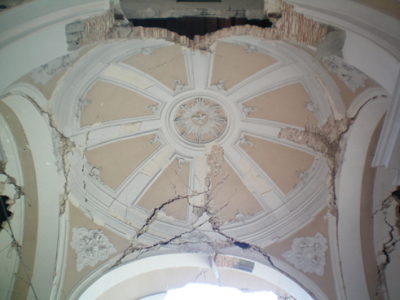Challenges and perspectives for the protection of masonry structures in historic centers: the role of innovative materials and techniques
DOI:
https://doi.org/10.21809/rilemtechlett.2016.10Keywords:
masonry, preservation, composites, compatibility, sustainabilityAbstract
Lessons learned from natural events which caused severe damage to existing constructions have repeatedly shown the high vulnerability of historically important masonry, often worsened by inaccurate or dubious applications of modern or innovative interventions. Especially in the field of new technologies and materials applied to historical assets, experimental validation integrated at multi-disciplinary level is essential, to implement correct choices able to balance the respect of tradition and the requirements of innovation. The common objective is the transmission of educational values through the conservation of the historical identity of constructions which have survived over time and are still functional today. Planning agreements among academic and industrial research, management and governing bodies constitute preconditions for selecting consistent strategies for the protection of the built environment. However, the effects of technical advances and trends on historical assets should be carefully evaluated when influencing common practices, before recommendations, standards or execution protocols based on sufficiently long-lasting experience are available. This paper discusses a series of issues involved in the complex process of methodological and operative options currently feasible in the field of historical masonry structures. It also focuses on the progressive role of composite materials and the consequent implications on the implementation of preservation criteria.

Downloads
Published
How to Cite
Issue
Section
License
Authors retain copyright of the articles published in RILEM Technical Letters and grant the journal the right of first publication with open access. The work is simultaneously licensed under Creative Commons Attribution 4.0 International License (CC BY 4.0) that allows others to share and adapt the work under the following terms: 1) a proper attribution is given in a form of bibliographic record with the DOI link directing to RILEM Technical Letters; 2) a link to the license is provided; 3) the changes (if any) are indicated.









